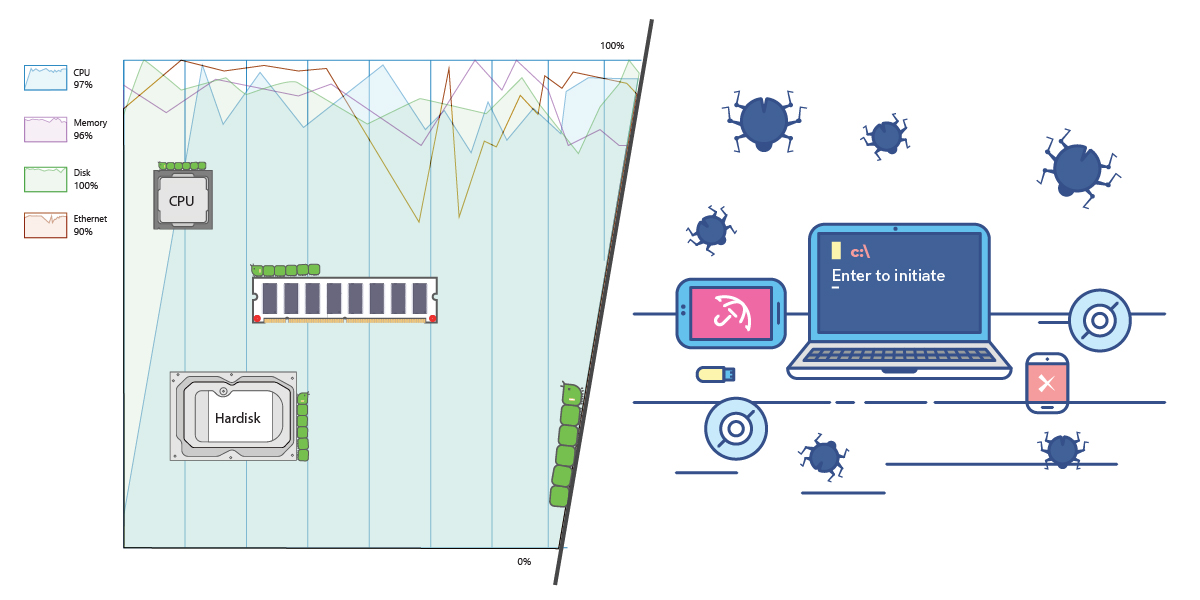Internet users are struggling to tell the difference between genuine and malicious pop-ups, according to a new report.
Research conducted by North Carolina State University found that participants clicked on a ‘fake’ pop-up advertisement 63% of the time with the majority of users clicking ‘OK’ without reading the message itself.
The study highlights the vulnerability of even experienced users to the threats posed by pop-up advertisements, given that pop-ups are one of the most common methods for malicious software to access a PC system.
Adware and Spyware are particularly common forms of malware which are transmitted using pop-up technology.
Research co-author Michael Wogalter, professor of psychology at North Carolina State University, warned users to read all pop-ups before acting.
“This study demonstrates how easy it is to fool people on the web,” he said.
“Be suspicious when things pop up. Don’t click OK – close the box instead.”
Tony Neate, managing director of the UK’s Get Safe Online campaign advised users to install a pop-up blocker and antivirus system.
“Browsers and most anti-virus software offers them. Pop-ups are either downloading something malicious or trying to sell me something so I just don’t want them there at all,” he said.







